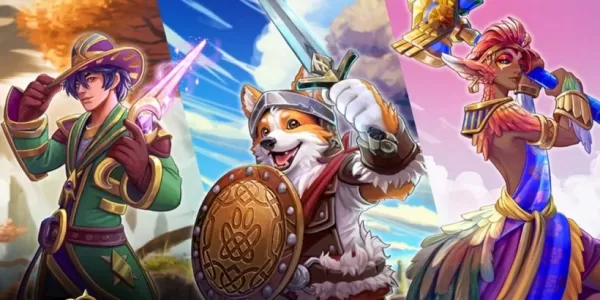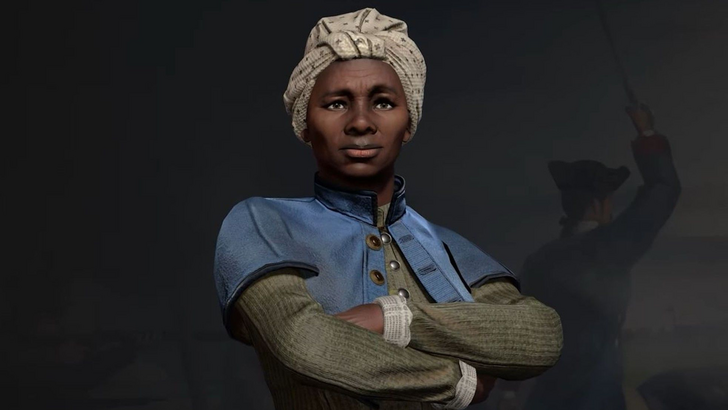
Civilization's leaders are iconic, but Firaxis' approach to selecting national representatives has evolved. This exploration delves into Civilization VII's leader roster and how it redefines leadership throughout the series' history.
← Return to Sid Meier's Civilization VII main article
Civ VII: A New Era of Leadership
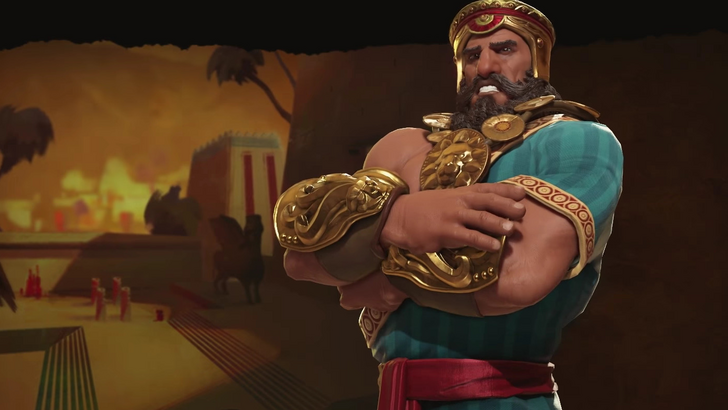
Since the first game, leaders have been integral to Civilization's identity. Each leader embodies their civilization, significantly impacting gameplay. However, the portrayal of leadership has transformed across each installment. This analysis examines the evolution of Civilization's leader selection, highlighting changes in each iteration and how Civilization VII presents a unique approach.
Early Civilization: A Focus on Global Powerhouses
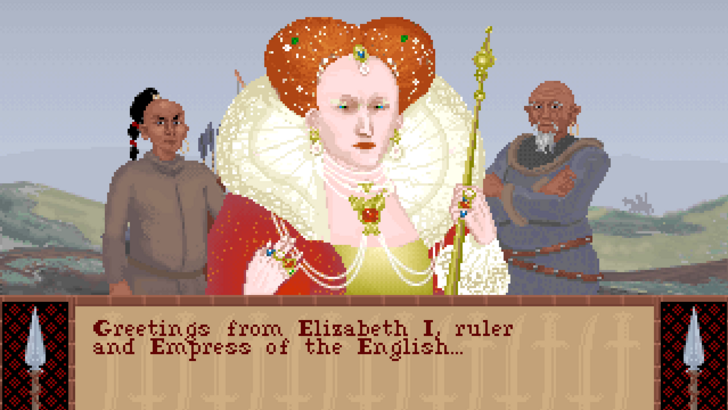
The original Civilization featured a limited roster, primarily representing major global powers of the early 1990s and historical antiquity. The 15 civilizations included familiar names like America, Rome, and Japan, led by historically prominent figures like Abraham Lincoln and Julius Caesar. Leader selection prioritized widely recognized figures, reflecting the game's context. Elizabeth I was the sole female leader in this initial lineup.
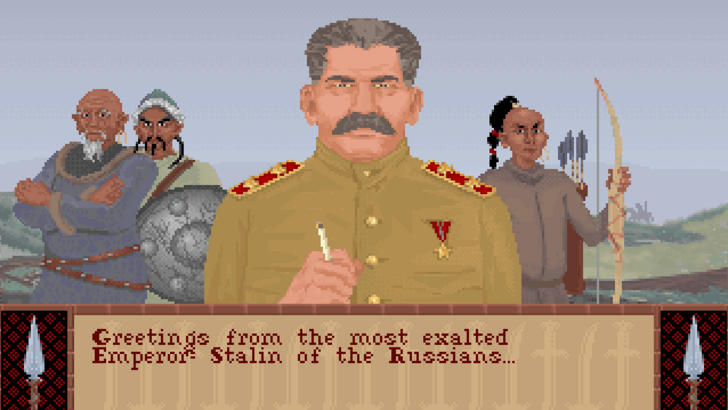
This straightforward approach, while understandable for its time, paved the way for future innovations.
Civilization II-V: Expanding the Definition of Leadership
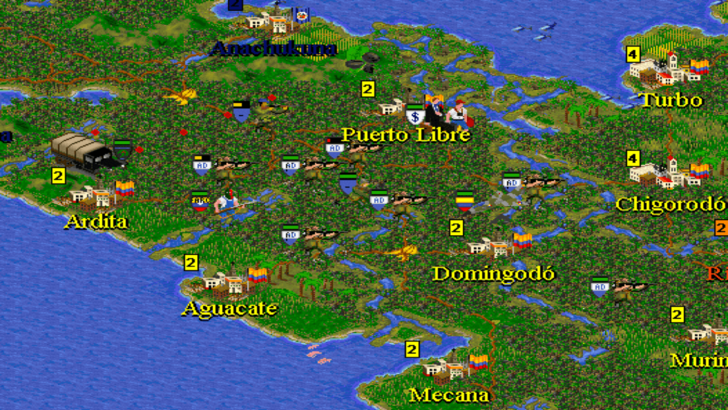
Civilization II broadened the leader pool and introduced a separate female leader roster. The definition of "leader" expanded to include influential figures beyond heads of state, exemplified by Sacagawea for the Sioux.
Civ III integrated female leaders directly into the main roster, replacing some historically dominant male figures. Civ IV and V further expanded the roster and the definition of leadership, including revolutionaries, generals, and reformers. The focus shifted from solely powerful and famous figures to a broader representation of humanity.
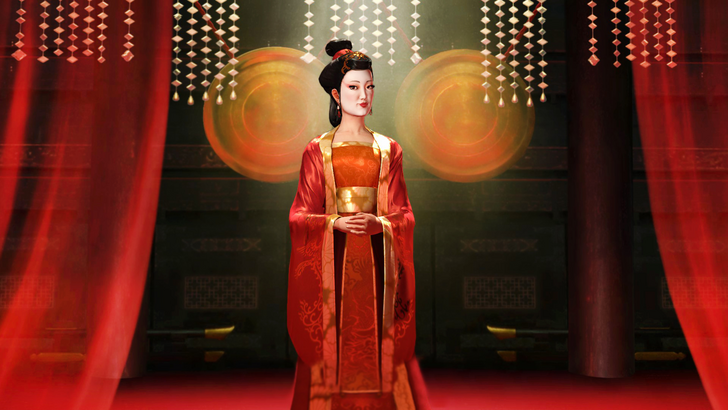
Civilization VI: Characterization and Creative Flourishing
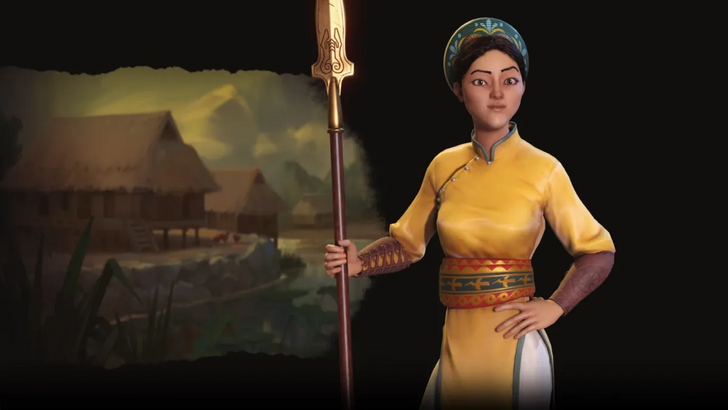
Civilization VI enhanced leader characterization, introducing stylized animated portraits. The addition of Leader Personas—alternative versions of leaders with distinct playstyles—added depth. Lesser-known figures from various civilizations joined the roster, such as Lautaro of the Mapuche and Bà Triệu of Vietnam.
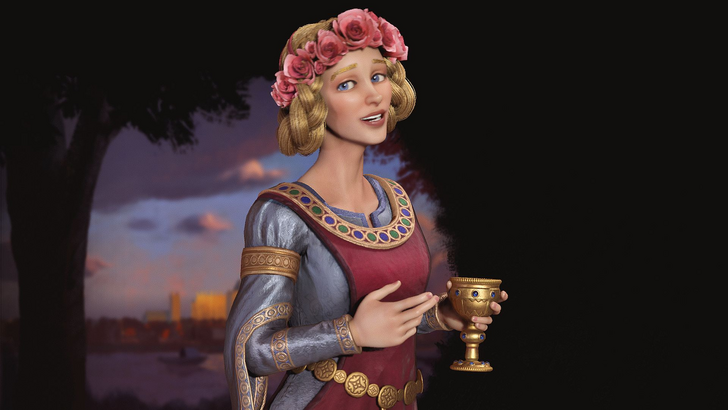
The concept of leaders representing distinct chapters of their lives or leading multiple civilizations (e.g., Eleanor of Aquitaine) emerged, influencing Civ VII's design.
Civilization VII: A Unique Mix-and-Match Approach
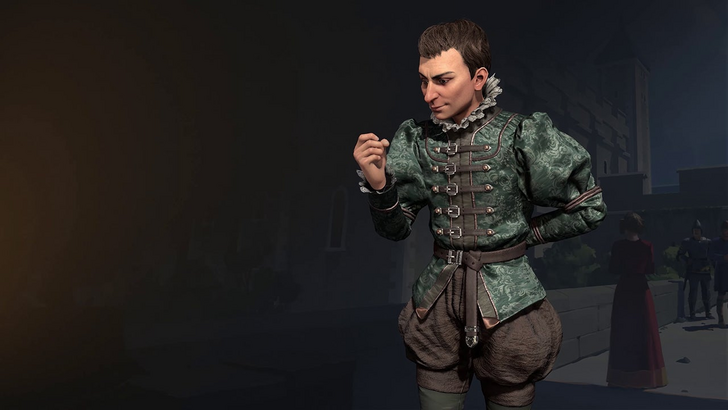
Civilization VII showcases the most diverse roster yet, featuring unconventional leaders and multiple personas. The mix-and-match approach allows lesser-known figures to take the spotlight. Harriet Tubman, the American abolitionist, is a prime example, filling a unique spymaster role.

Niccolò Machiavelli, known for his political writings, and José Rizal of the Philippines, represent a shift toward leaders defined by their influence and impact rather than solely by traditional leadership roles.
Conclusion: A Legacy of Evolution
Over nearly 30 years, Civilization's leader selection has evolved from a focus on global superpowers to a diverse representation of influential figures from various cultures and eras. The definition of leadership has broadened, reflecting the series' growth and commitment to inclusive storytelling.
← Return to Sid Meier's Civilization VII main article
Similar Games



